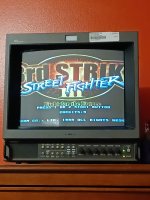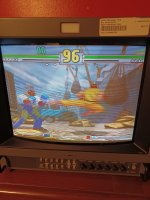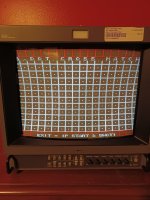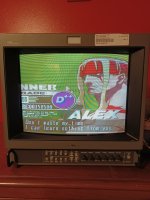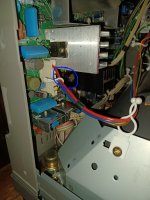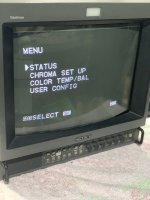Napoleon IV
Student
Hello,
I am having a problem with my Sony PVM 14M4U monitor. It is in pristine condition and works wonderfully, except for one problem where the image is displaying extremely wide, so far so that it is cut off by the ends of the screen. The attached pictures show this. I was able to adjust the image through fiddling with degaussing in the menu and solve every problem except this. I believe it is suffering from pincushion distortion- something must not be regulating how wide the image is. My inability to adjust the width of the image through the degauss menu further supports this theory.
Would anyone know what could be what could be causing this, and how to fix it? I am a complete dummy when it comes to CRTs, and the information I have found through my own research online has all either been in Hindi or very poor English, or otherwise unclear. I will provide pictures of inside the CRT if that can help anyone diagnose what needs to be fixed.
Thanks!
I am having a problem with my Sony PVM 14M4U monitor. It is in pristine condition and works wonderfully, except for one problem where the image is displaying extremely wide, so far so that it is cut off by the ends of the screen. The attached pictures show this. I was able to adjust the image through fiddling with degaussing in the menu and solve every problem except this. I believe it is suffering from pincushion distortion- something must not be regulating how wide the image is. My inability to adjust the width of the image through the degauss menu further supports this theory.
Would anyone know what could be what could be causing this, and how to fix it? I am a complete dummy when it comes to CRTs, and the information I have found through my own research online has all either been in Hindi or very poor English, or otherwise unclear. I will provide pictures of inside the CRT if that can help anyone diagnose what needs to be fixed.
Thanks!

